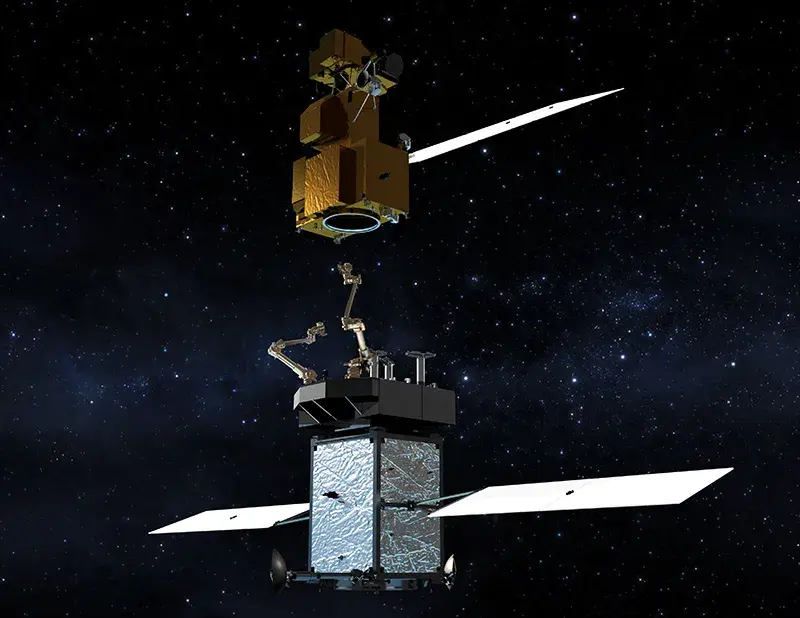What’s Happening to the ISS?
- rayssiguieesther
- Nov 3, 2024
- 1 min read
The International Space Station (ISS), a global effort between NASA, Roscosmos, ESA, JAXA, and CSA, has been in low Earth orbit (LEO) for 25 years. It provides a platform for scientific research and international co-operation. However, its systems are aging and new challenges are emerging - plans are underway to replace it with commercial space stations around 2030.
Recent Challenges
The ISS has faced multiple issues in recent years. One significant problem is a persistent air leak in the Russian Zvezda service module, which began in 2019. Despite repair efforts, the leak still requires monitoring to ensure astronaut safety. The leak affects the station’s air pressure, which could potentially lead to a reduction in available docking ports and require extra propellant to maintain the ISS’s orbit.
Additionally, as the station ages, maintenance becomes more challenging. It regularly faces risks from micrometeoroids and space debris, which can damage critical components.

Image credit: NASA
Replacing the ISS
NASA is targeting 2030 as the end date for the ISS, with a transition to commercial space stations. Companies such as Axiom Space, Blue Origin, and Sierra Space are developing new stations under NASA’s Commercial LEO Destinations (CLD) program. Transitioning to commercial platforms means that private companies will manage and operate these stations, potentially expanding access for more industries, research institutions, and even private individuals, while allowing NASA and other space agencies to focus on deep space exploration.

Commercial space station put forward:





Comments